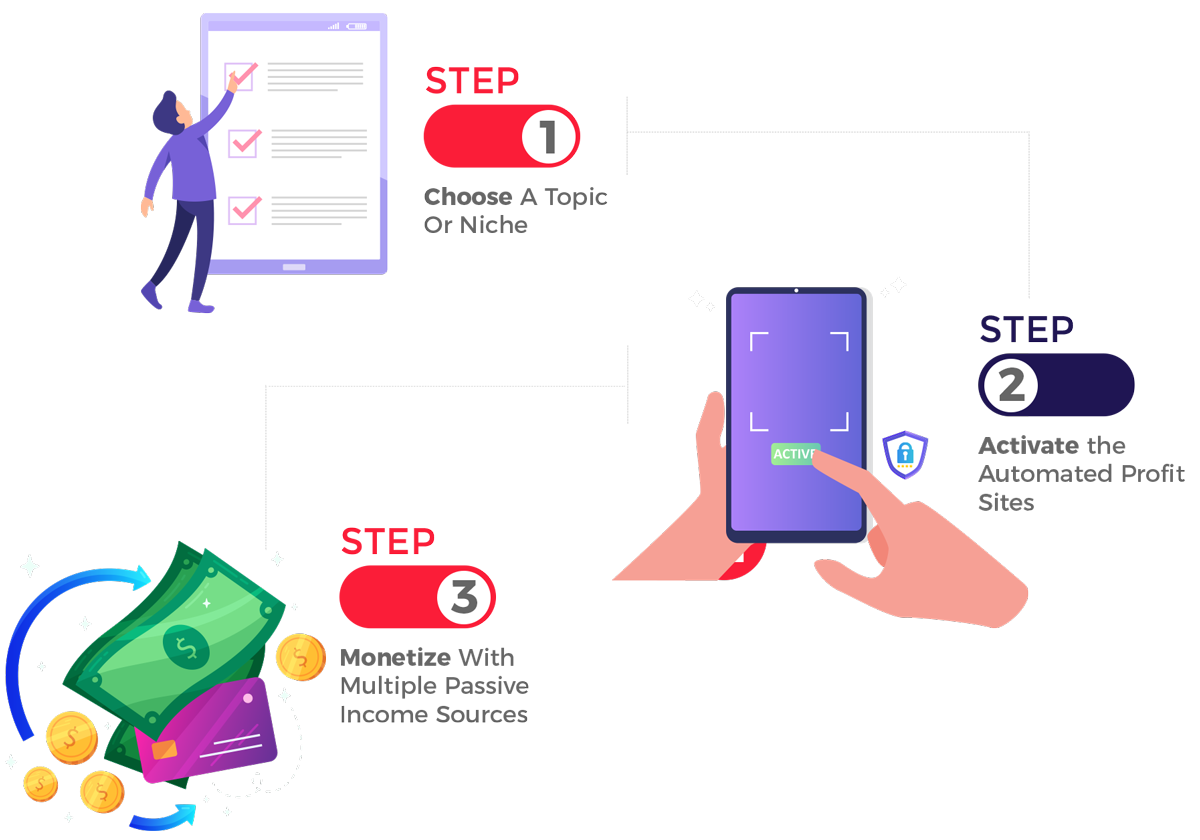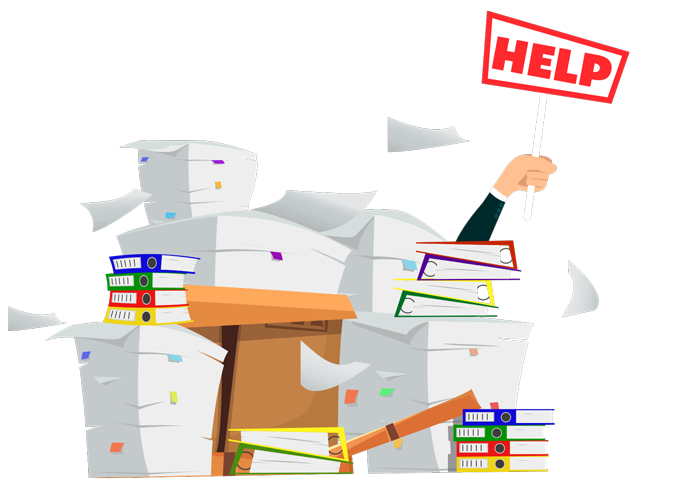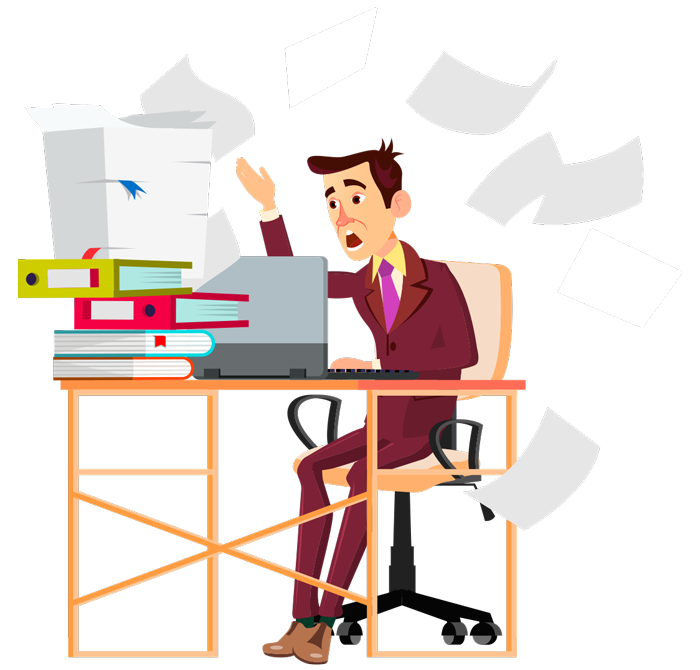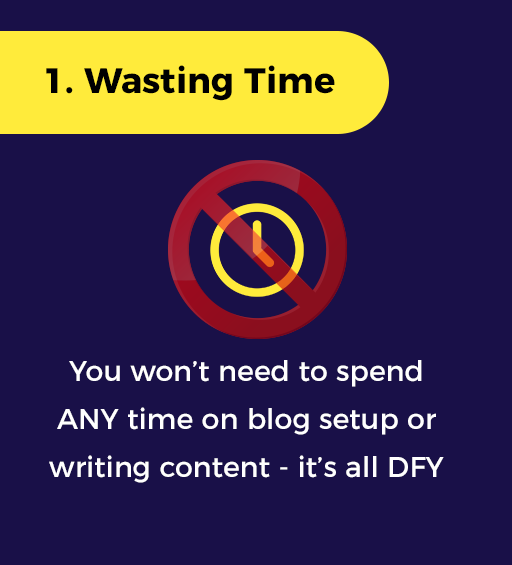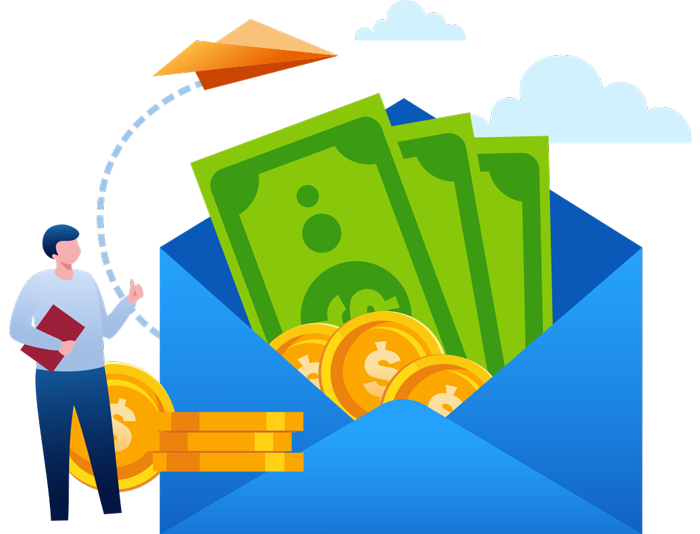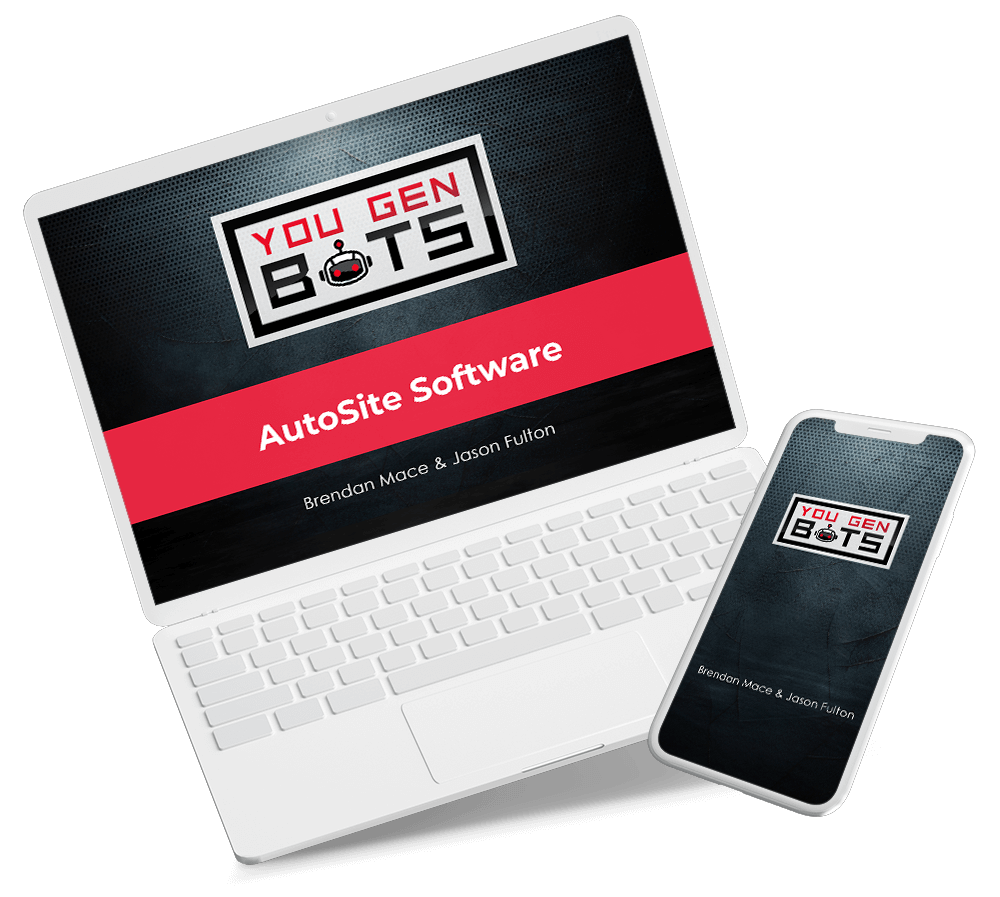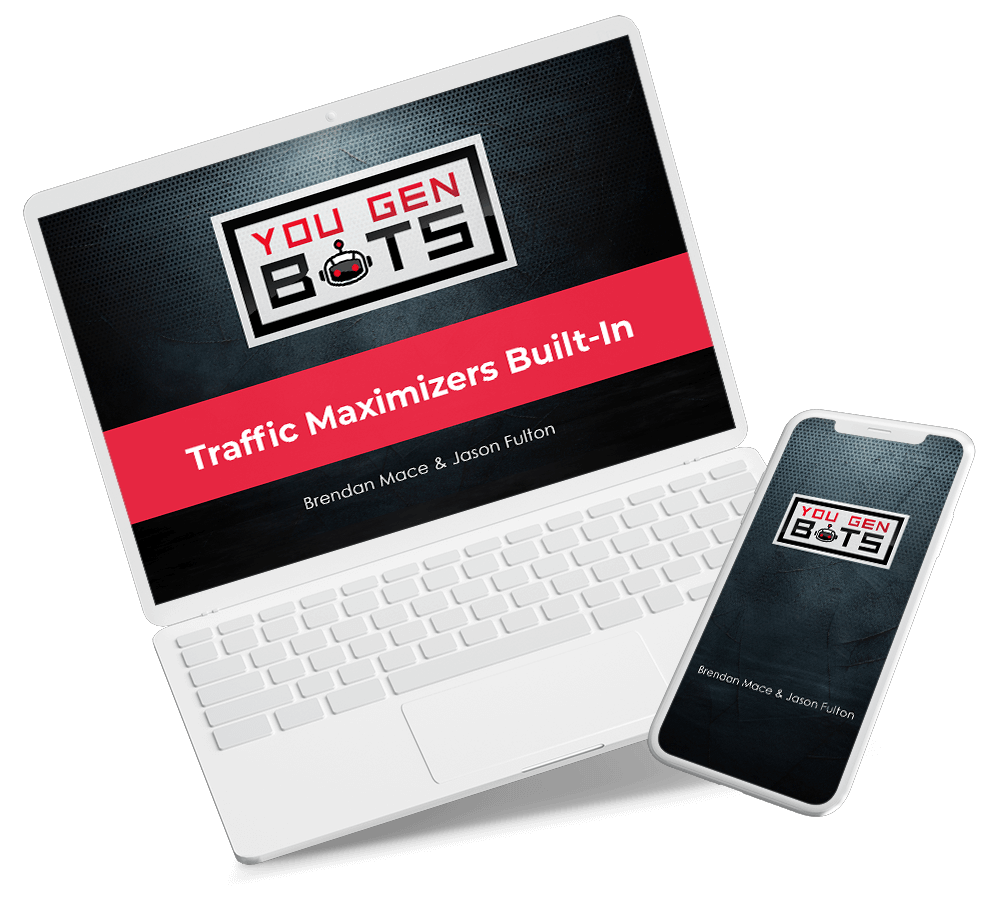
Struggling Marketers: Big Corporations Are Hogging All The Traffic – You Want Payback
GET COMMERCIAL RIGHTS IF YOU BUY TODAY!
Limited Time Only – Get Infinity For 72% Off:
It’s Action Time!
What You’re Getting With INFINITY…
INFINITY Traffic App – ($2,997 Value)
INFINITY Traffic Multiplier – ($1,997 Value)
Step By Step Training – ($397 Value)
Get Results Or Get –$100 In Cash
Commercial Rights – ($397 Value)
5 Fast Action Bonuses – ($935 Value)
Support Team Ready To Help (PRICELESS)
Frequently Asked Questions
Q. What is Infinity?
A. Infinity is an app that creates profit machines – sites that self-update with trending content that are PROVEN to rank on #1 Google & get boatloads of traffic.
Q. I’ve seen several traffic apps, what makes this one different?
A. Most so called “traffic apps” rely on you spamming your friends on social media. Infinity leverages OTHERS trending content and turns it into free traffic. In any niche or location.
Q. What devices does Infinity work on?
A. Infinity is a cloud based software so it works on any device.
Q. How long will it take to start generating traffic?
A. It depends on how fast you activate our app, but most users report seeing results within 1-3 days. We recommend creating as many Infinity Profit Machines as you can for maximum amounts of traffic.
SET & FORGET INCOME STREAMS WITHIN 90 SECONDS OR LESS
>>>>>Get Infinity and my Super Bonuses<<<<<
I am a Warrior Plus affiliate. I make a small commission at no additional charge to you. Please see my affiliate disclaimer.
Dear Struggling Marketer,
Look, it’s easy to feel confused with this whole “make money online” thing.
I mean, there are so many different moving parts…
I’m talking about:
Hi there…
Making big profits online only comes down to one thing;
Traffic!
And not just any traffic.
FREE, hyper targeted traffic that LOVES to buy.
When you have boatloads of free buyer traffic, raking in megabucks online is a walk in the park.
It’s simple, traffic = money.
And in only a few moments…
You’re about to discover exactly how to legally STEAL boatloads of traffic from the big corporations.
Here are the facts
The #1 Reason You’re Struggling
Online Is Because A Lack of Traffic…
I can’t say it enough.
It doesn’t matter what you’re doing… Traffic is the LIFEBLOOD for any kind of marketer or online business.
Including:
Ecom Store owners
List Builders
Affiliate Marketers
Local Marketers
Product Creators
CPA Marketers
But Even If You DO Get Traffic, It’s Often Not Targeted!
If you want to make money online, you must have TARGETED traffic.
There’s 7.8 billion people in this world…
…and the reality is not all of them are interested in what you’re selling.
And the problems don’t stop there…
You’ll Be Competing With Big Corporations
Just see the numbers for yourself:
The Result Of This All?
The Little Guy Gets The Tiny Scraps Of Targeted Traffic…
All while the big corporations continue to make more megabucks than midas…
You wish you had a fraction of that, right?
Well, there IS good news.
I had a simple yet radical idea…
Why Don’t I Find A Way To Turn THEIR Content
Into Boatloads Of Hyper Targeted Traffic?
I mean, their content is already proven to be engaging.
They pay billions to video editors, journalists, copywriters, graphic designers.
And you simply can’t compete with them, It’s like expecting to beat Michael Jordan in a basketball game.
You’re destined to fail.
If I Found A Way To Turn
Their Content Into FREE Traffic,
Imagine How Much Traffic You Could Get…
Remember – the content these big companies create attract millions…
Hundreds of millions, even billions of visitors.
Isn’t that insane?
Think of how much traffic you could send to your affiliate links, CPA offers, your squeeze page
How many sales do you think you could generate ?
Well, I’m Happy To Tell You
We Found A SOLUTION!
After many months of failed ideas, thousands of hours worked, and money wasted…
We put together something POWERFUL.
You may be thinking…
Just how well did it work?
Well, let the proof speak for itself;
Affiliate Sales Were Flying In With Complete Ease:
It Kept Getting Better…
And better!
So without further ado, let me pull back the curtains and show you what this is awesomeness is all about;
Introducing…
“Turn OTHERS Trending Content Into An Abundance Of FREE Buyer Traffic & Sales”
- No paying for traffic or content ever again
- Fully automated – setup things once and let the traffic & profits roll in every day
- Uses A Unique Algorithm That Finds Only Targeted Traffic
- Send the traffic to anywhere – Affiliate offers, CPA offers, lead pages, etc
- Scale to super affiliate status effortlessly
- Send traffic to ANY niche – simply enter the keyword.
- Create many online income streams in any niche with ease
Can You Spare 90 Seconds For Boatloads Of Buyer Traffic?
GET COMMERCIAL RIGHTS IF YOU BUY TODAY!
WARNING: The price increases with every new sale made. The price WILL increase and you will end up paying more if you come back later.
>>>>>Get Infinity and my Super Bonuses<<<<<
I am a Warrior Plus affiliate. I make a small commission at no additional charge to you. Please see my affiliate disclaimer.
Don’t Take Our Word For It, Here’s What Our Users Are Saying…
You Now Have The Power To Start
Generating Traffic And Sales WITHOUT:
Experience
Producing Content
Authority & Reputation
How Infinity Gets You Traffic & Sales,
In 3 Simple Steps…
Step #1
Create A New Infinity Profit Site
Choose a site name, and update a few small details so YOU get paid.
(we guide you through this entire simple process)
Step #2
Enter any keyword & location
Input your desired keyword & where you want traffic to come from.
Our high tech algorithm will ensure that Infinity fetches the highest converting traffic for your offer.
Step #3
Let Infinity do it’s magic
Our app will start finding engaging, traffic getting content.
It will post it onto sites optimized to rank #1 on Google for BOATLOADS of traffic & sales, all on complete AUTOPILOT.
And you won’t get crappy traffic, as Infinity uses a special algorithm to get only the most targeted traffic that converts into sales and leads.
The best part? You’ll NEVER need to update these sites with new content, as Infinity does it for you.
Allowing the profits to roll in on a consistent daily basis…
Allowing the profits to roll in on a consistent daily basis…
You Get EVERYTHING You Need To Start Getting Buyer Traffic & Sales….
Infinity is a Cloud Based App.
Our app leverages OTHERS engaging content. And turns it into boatloads of buyer traffic & sales.
>>>>>Get Infinity and my Super Bonuses<<<<<
I am a Warrior Plus affiliate. I make a small commission at no additional charge to you. Please see my affiliate disclaimer.
Simply enter any location, a keyword related to your niche, and let Infinity do it’s magic!
$2,997 Value
Traffic Optimizer Algorithm
Infinity uses a unique algorithm to get only the most targeted traffic. This is a game changer and will 10x your results.
$4,997 Value
Complete Step By Step Training
$397 Value
You get everything you need, including training that shows exactly how to use the Infinity app and how to make the most out of it.
5 Fast Action Bonuses
$935 Value
To sweeten the deal, we are offering 5 bonuses that will compliment your purchase of Infinity. We will be removing these soon, so hurry.
Commercial Rights
$397 Value
If you act today, you’ll get commercial rights that allow you to use Infinity to grow others businesses. Remember, you can charge big bucks for these services
Get Results Or Get $100 Promise
World Class Support
Infinity Automates Away
Consistent Income
Infinity is NOT a loophole or flash in the pan. It taps into thousands of different sources for traffic, and will work years from now.
The Work Of Getting Traffic…
Here’s How It WORKS
Infinity finds & publishes engaging content, for boatloads of FREE buyer traffic & sales.
The best part? You NEVER have to find new content as Infinity self updates your sites with new trending content on a regular basis.
You can send the traffic to anywhere you like:
Affiliate Offers …
CPA Offers …
Your Website …
Youtube Videos …
Lead Pages …
Local Businesses …
And the list goes on and on…
What Separates Infinity From The Junk?
There’s no shortage of crap software.
You know, the ones that claim you can push a few buttons and make a unicorn poop money out of the sky.
Maybe that’s a bit far fetched, but you get my point.
Point is, most traffic generation software out there is CRAP.
And nothing more than a scheme to take more of your hard earned money out of your pocket.
So why is Infinity different?
Well, a few different reasons
- You don’t need any list, tech skills, or prior experience – you get everything you need inside of Infinity.
- Infinity is completely saturation proof – as it taps into thousands of different traffic sources. It will continue producing results for months, and even years from now
- Unlike other apps, Infinity is backed by beta tester results, both newbies and seasoned marketers.
- Our unique algorithm costs thousands to develop – you won’t see anything like it unless you’re prepared to pay top buck for a similar software
- We’re so confident Infinity will generate you results that we’ll send you $100 if you don’t see results for some reason.
>>>>>Get Infinity and my Super Bonuses<<<<<
I am a Warrior Plus affiliate. I make a small commission at no additional charge to you. Please see my affiliate disclaimer.
14 Robust Features
That Make It Nearly IMPOSSIBLE
To Not Get Traffic & Sales…
Create Unlimited Infinity Profit Machines
Hence the name “Infinity”, there are no limits. You can create as many Infinity Profit Machines as you desire.
Infinity Finds Only The Best Content
Our advanced AI system sorts out the junk. And finds the engaging content that will glue your readers to their screen
Never Run Out Of Content Again
With only a few clicks of your mouse, Infinity taps into 1000’s of different sources at once to find trending, traffic getting content.
Prevent “Traffic Leaks”
Most content has the original publishers links embedded inside. Infinity removes these links automatically, so you don’t lose any traffic.
Profit In Any Niche
Infinity allows you to profit not only in the IM niche, but in thousands of different niches. Simply enter any keyword to pick a niche – i.e: Origami.
Get Traffic In Any Location
Want traffic from a specific location? It’s simple, enter any location of your choice.
Complete With Step-By-Step Training
We put together a training that details exactly how to use and make the most out of the Infinity traffic app.
Tap Into “Overlooked” Traffic Sources
Infinity finds traffic getting content that most AI overlooks – I promise, you won’t find this any other app.
Instantly Monetize With Amazon Associates
Enter your Amazon Associates API key, and Infinity will populate your site (Infinity Profit Machine)with profit pumping product ads.
Built In Content Optimizer
This auto-removes irrelevant portions of content, enhancing the reader experience.
Social Tracker
This gives you a quick overview of which content on your sites are performing best on social media.
Advanced Content Filtering
Filter trending content that only contains images, videos, or without. The possibilities are endless.
Filter Content By Language
If you want content only in a specific language – enter your desired language in, and you’re done.
Getting Traffic & Sales Has Never Been Easier…
You DON’T Need
To pay for traffic ever again
To spam social media
To spend time to build a brand
To learn boring SEO skills
Get Instant Access To
Infinity At A HUGE DISCOUNT…
I get it.
You’ve probably seen several products out there charging low prices that seem too good to be true while promising the world at the same time.
So what sets us apart? Why is Infinity so cheap?
Well, for three great reasons;
- Lowering the price will naturally attract more people to us, meaning more potential success stories…
- It gives a chance to the little guy who doesn’t have a lot of spare money.
- And when we have these success stories, it will make it easy as pie to sell our other services and products in the future.
So when you take those three things into consideration, it’s totally worth it for us.
GET COMMERCIAL RIGHTS IF YOU BUY TODAY!
Limited Time Only – Get Infinity For 72% Off:
WARNING: The price increases with every new sale made. The price WILL increase and you will end up paying more if you come back later.
>>>>>Get Infinity and my Super Bonuses<<<<<
I am a Warrior Plus affiliate. I make a small commission at no additional charge to you. Please see my affiliate disclaimer.
Still There?
We’re Going To Sweeten The Deal,
By Giving You $935 In Free Bonuses…
Live Training – (Value: $497)
Inside secrets to a six figure Affiliate Marketing Business – from a Super Affiliate (Must See Training)
Commission Fire – (Value: $97)
Instantly propel yourself into the big leagues. See boatloads of cash flowing into your bank account with this incredible arsenal of techniques that the top affiliate marketers use to generate massive commissions, regardless of what they’re promoting.
Easy List Hacks – (Value: $97)
Realize the money making power of email marketing. This course will show you that all it takes is the click of the send button to bring in affiliate commissions. Learn the hacks that will make you money instantly and constantly!
FB Ads Domination – (Value: $97)
Tap into this billion dollar industry and grow your business like there’s no tomorrow. You’ll learn how to navigate the complex Facebook Ads Manager interface so you can create wildly successful adverts in no time at all.
Clean Squeeze Software – (Value: $147)
Easy to use software that will declutter your squeeze page to convert better. Perfect for all products, the clean squeeze software is responsive and will work on all devices from desktop to mobile.
Test Drive Infinity 100% RISK FREE With Our Money Back Guarantee…
We don’t want anything to stop you from getting Infinity right now.
This is like nothing you’ve ever seen before.
And it has the potential to get you results regardless of your background, your skills, or your online experience.
That’s why we’re going to ELIMINATE all of the risk and give you a full 30 days to make sure Infinity is for you.
Meaning you can feel comfortable knowing that we’re the ones taking all of the risk.
A Quick Recap Of
What You’re Getting With Infinity…
Infinity Traffic App – ($2,997 Value)
Traffic Targeting Algorithm – ($4,997 value)
Infinity Traffic Multiplier – ($1,997 Value)
Step By Step Training – ($397 Value)
Get Results Or Get $100 In Cash
Commercial Rights – ($397 Value)
5 Fast Action Bonuses – ($935 Value)
Support Team Ready To Help (PRICELESS)
You’re going to pay not $997. Not $497. Not $97. Not even $47.
Just a one time investment.
>>>>>Get Infinity and my Super Bonuses<<<<<
I am a Warrior Plus affiliate. I make a small commission at no additional charge to you. Please see my affiliate disclaimer.
Why You Must Act Now…
Look, my friend.
I’m not going to force you to buy Infinity, it really is up to you if you want to take action.
However…
Every moment you wait is a minute where you could be setting up multiple “Infinity Profit Machines” – sites that keep raking in big profits on a daily basis, all on autopilot.
Remember, there are NO limits to how many “Infinity Profit Machines” you can create.
Anyway, it’s really up to you. But the price will continue to rise, and the best time is to get started now.
What’s the point in waiting and paying more?
You Wouldn’t Have To…
You wouldn’t have to compete with big corporations
You wouldn’t have to spend big bucks to outsource content creation
You wouldn’t have to produce content
You wouldn’t have to do research
Create Truly Automated Income Streams
Infinity allows you to create sites (Infinity Profit Machines) that self update with engaging, traffic getting content. Set it up once, and continue getting paid for your minimal efforts.
Leverage OTHERS Content For Free Traffic
You will never have to be stuck at your desk producing content – or worse, paying someone an arm and a leg to produce it. Infinity finds it for you in only a few clicks!
Plus get my free Super Bonuses when you get Infinity through my link.
Bonuses:
How To Build a WordPress Site
7 Steps To a Successful Blog
8 Point Plan To Monetize Your Blog
Ultimate SEO Masterclass
Web Development Masterclass
>>>>>Get Infinity and my Super Bonuses<<<<<
I am a Warrior Plus affiliate. I make a small commission at no additional charge to you. Please see my affiliate disclaimer.

I am a Target affiliate. I make a small commission at no additional charge to you. Please see my affiliate disclaimer.

I am a SiteGround affiliate. I receive a small commission at no additional charge to you. Please see my affiliate disclaimer.

I am a My LeadGenSecret affiliate. I receive a small commission at no additional charge to you. Please see my affiliate disclaimer.
Comments
If you have any questions or comments, please feel free to leave them below.







 We’re Here FOR YOU! The world is a pretty stressful place right now. That’s why we created the Thriving at Home Virtual Training!
We’re Here FOR YOU! The world is a pretty stressful place right now. That’s why we created the Thriving at Home Virtual Training!





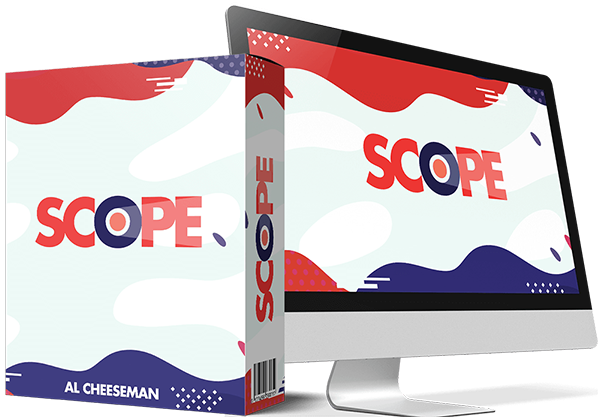 Breakthrough Software “snipes” virtually unlimited
Breakthrough Software “snipes” virtually unlimited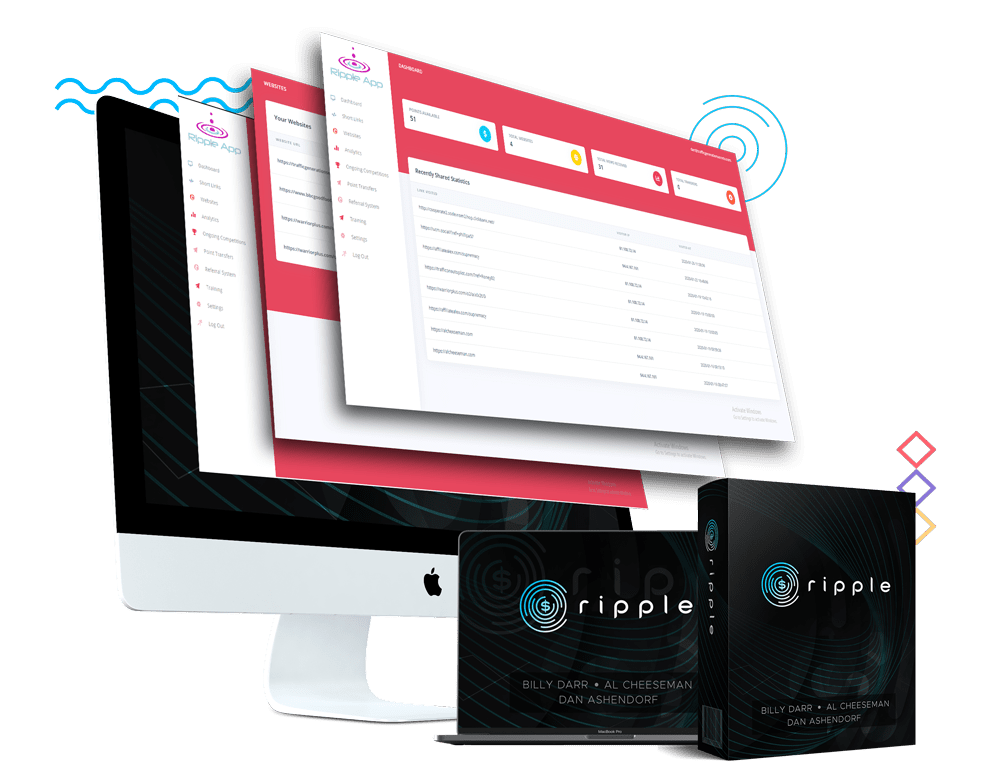 NEW “AutoPilot Software” Gets You BUYER Traffic & Sales In 60 SECONDS OR LESS! ADD ANY LINK & CLICK A BUTTON FOR INSANE FREE BUYER TRAFFIC!
NEW “AutoPilot Software” Gets You BUYER Traffic & Sales In 60 SECONDS OR LESS! ADD ANY LINK & CLICK A BUTTON FOR INSANE FREE BUYER TRAFFIC!






 Buyer Traffic And Sales In
Buyer Traffic And Sales In











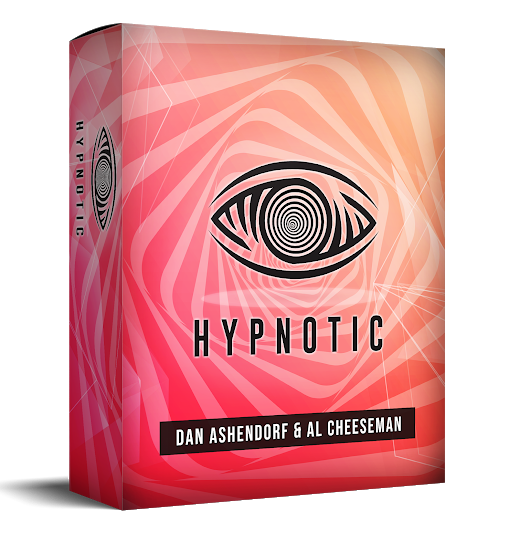 FACT: If You Can Tie Your Shoes,
FACT: If You Can Tie Your Shoes,


 Make Your Competition CRY With This Unfair Advantage…
Make Your Competition CRY With This Unfair Advantage…




